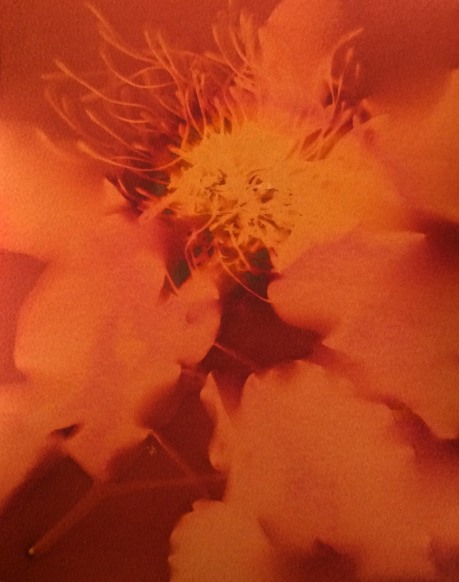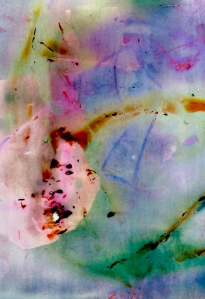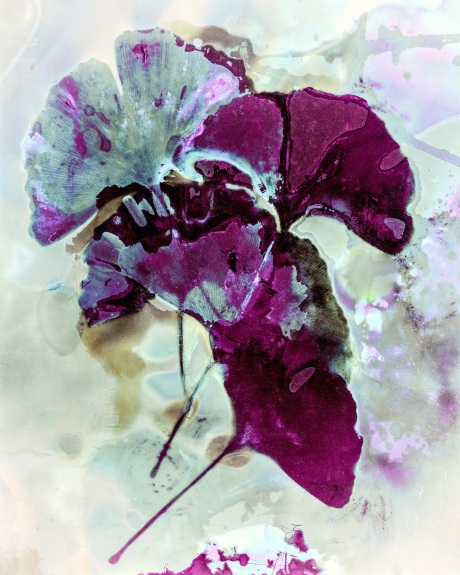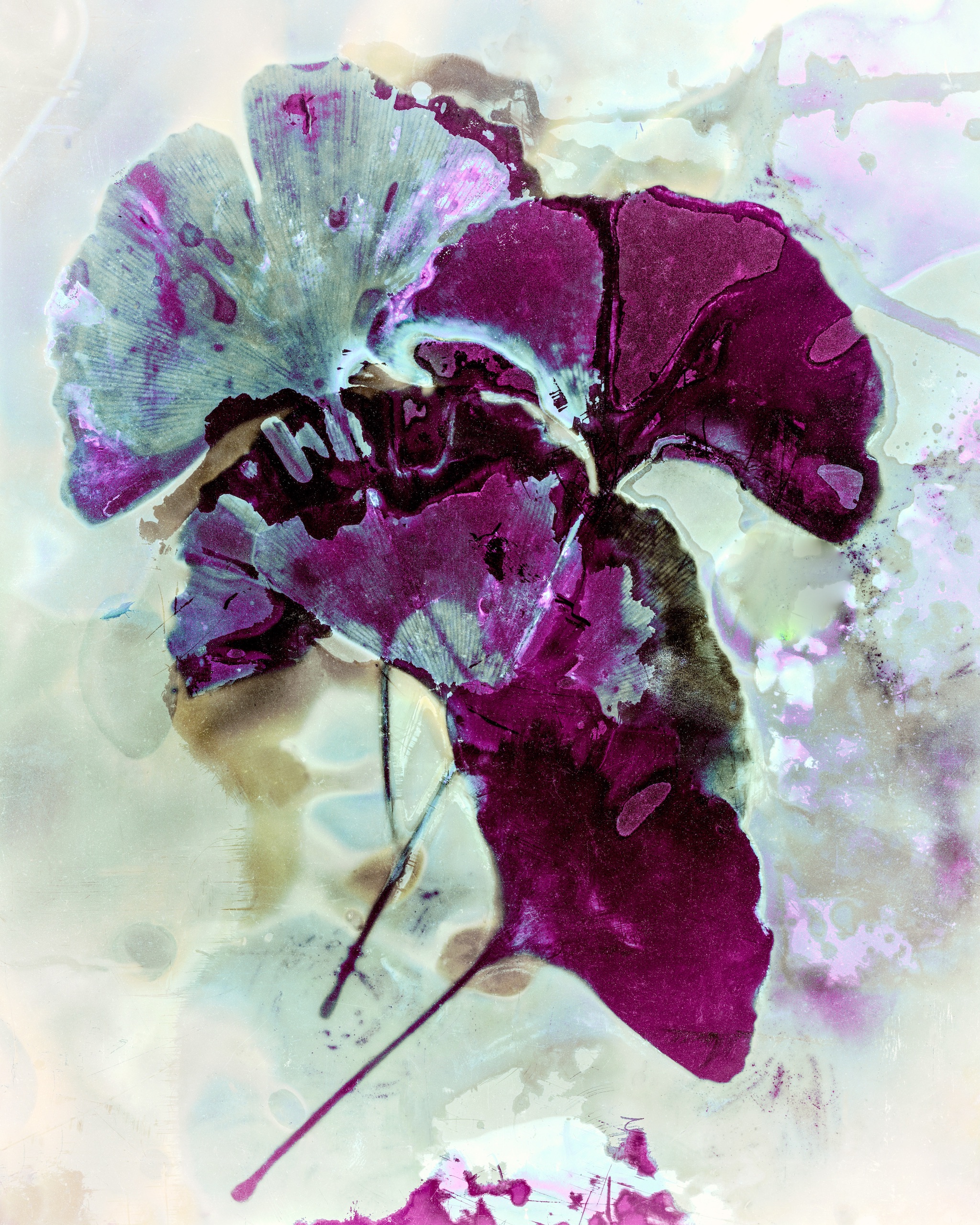This slideshow requires JavaScript.
Natural Alchemy — a group show that contemplates the forces and cycles present that help shape our environment — opens Thursday, 21 March at CityScape Community ArtSpace. The work in this exhibition documents the intersection where natural materials meet, how they affect each other, and how they can challenge the viewer to contemplate time, form and the ephemeral.
The paintings, prints, photography and installation in this exhibition highlight the beauty, connectivity and impermanence of the biosphere and geosphere, helping us to understand how growth, decay, and geological processes play a vital role in shaping our environment. Presenting artists Phyllis Schwartz, Edward Peck, Katherine Duclos, Pierre Leichner, and Willloughby Arevalo incorporate organic and plant-based materials, as well as natural processes to help shape the outcomes of their compositions.
Featured in this exhibition are Lumen Prints by Phyllis Schwartz and and Scanograms by Edward Peck. Schwartz makes hybrid camera-less photograms that leave traces and shadows on photosensitive surfaces. Plant enzymes and atmospheric conditions interact with creating alchemical results on the surface of the paper and sheet film, leaving X-ray like marks of shapes and interiors. These Lumen Prints are primal, hovering on the cusp of poetry.
Peck’s series, Arrangements, is drawn from discarded bouquets, set aside as they wilted but to still full of colour, shape and still in transition, perhaps always in transition as decay eventually rekindles life. He took these discards and after some contemplation, arranged them into compositions, in which he explored their new colours, shapes and fragile state. These works were made using a high resolution scanner, producing a series of Maranasati meditations or a momento mori.
Natural Alchemy
March 22 – May 4, 2019
Opening Reception: Thursday, 22 March (7 – 9 PM)
CityScape Community ArtSpace (335 Lonsdale, North Vancouver)









